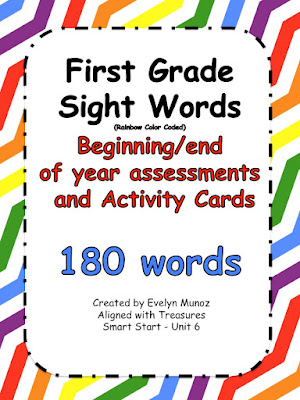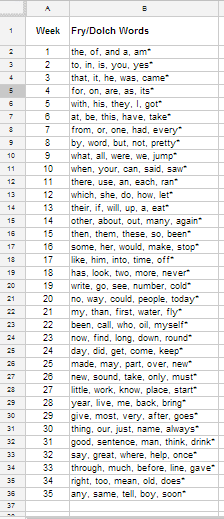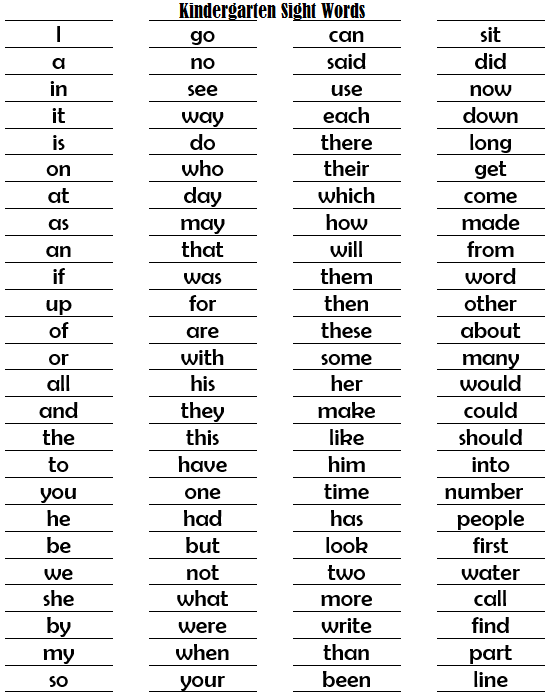

In first grade, kids begin to acquire sight words more rapidly. Ideally, kids learn a handful of words at a time, review them constantly, and slowly learn more. Sight word acquisition begins in Kindergarten. She feared reading out-loud in class.Īfter systematic sight word instruction, Jesse was finally able to catch up with her peers. Since sight words are common, reading was an arduous, intimidating task for her. In contrast, Jesse was still struggling when she read, “Mike thought he could ride a bike.” Jesse hadn’t learned all of her sight words. Other kids in her class were easily reading sight readers (unsystematic books with a wide variety of word types). She hadn’t done many sight word activities for first grade. Jesse didn’t know all of her sight words at the beginning of second grade. Many kids are at risk of forgetting sight words, because constant review isn’t woven into instruction. Don’t take out words from review once a child recognizes it-kids need multiple exposures across a broad range of time even after they’ve learned to recognize their sight words.

For example, have her study the sight words Monday, Wednesday and Friday over a period of 4-8 weeks. Have her practice reading and spelling them out-loud. Next, introduce the words in the coloring activity and provide sample sentences. What if your student hasn’t done many sight word activities for first grade? If this is the case, let her color and read the words with your help. My student doesn’t know a lot of sight words However, if your student hasn’t had exposure to long vowels, you can have her write the following sentences instead:
SIGHT WORDS FIRST GRADE SERIES
In order to write the above sentences, your student must know long vowels like silent e and “ea.” Reading Elephant will offer a systematic long vowel book series soon. Here are some sample sentences your first grader can write:

For additional practice, you can have her write sentences with the sight words.
SIGHT WORDS FIRST GRADE FREE
In the free activity, have your student say and read each sight word out-loud and then color in the heart. Be sure to let her know when she’s spelling sight words and that sound-by-sound writing won’t work. Since sight words are common, have your student practice spelling them. Kids often struggle with “thought” and “through” and they also struggle to differentiate “where” and “were.” Sight words and spelling That’s why I included some of the hardest for the attached activity. Sight word activities for first grade often include easy words. The sight words in the attached Valentine’s Day coloring activity includes some of the hardest sight words as well. These sight words can help students read books and eventually transition from away phonics books. In the attached sight word activities for first grade, I’ve used sight words that occur frequently in early readers.

When teaching sight words, start with the most common. Here is the Valentines-themed sight word coloring activity: In the attached printable, I selected some of the most common and most challenging sight words. How are you to know which ones to prioritize? Students need to learn the 100 most common sight words by the end of first grade. For example, while the “wh” in “where” is phonetic, the “ere” component isn’t.
SIGHT WORDS FIRST GRADE CODE
Sight words break the phonetic code in some way. Are you looking for sight word activities for first grade?


 0 kommentar(er)
0 kommentar(er)
